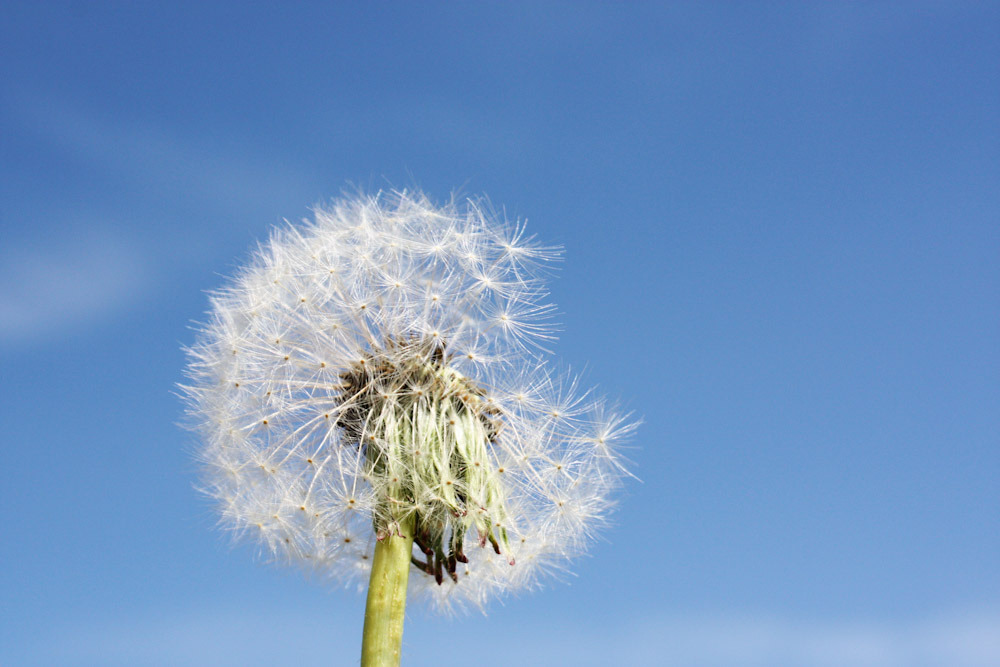There have been unintended consequences that have sprung out of the pandemic situation, however, as everyone took part in social distancing: other strains of common sicknesses have come back harder than ever. Flu strains and RSV have been especially strong this year, each manifesting and transmitting through cold-like symptoms such as coughing and sneezing. Once again, we have a reason to stay healthy. This all gets more complicated, however, if everyone is suffering from allergies.
The Cost of Allergies
The itchy eyes, sneezing, and runny noses associated with allergies are always a pain, and never more so than this year as everyone is trying to stay healthy. According to the Asthma and Allergy Foundation of America:
- Allergies are the 6th leading cause of chronic illness in the United States.
- Over 50 million Americans contract allergies every year.
- Most fatal allergic reactions are caused by food and insect stings, with medication being the leading cause of death.
- Over $18 billion a year is spent in treating allergies of all kinds.
With statistics like these before our eyes, it is no surprise that many in Utah look at lawn care with a fair amount of trepidation from an allergies standpoint. That characteristically inconsistent Utah weather, as well as the influx of wasps, spiders, and other insects each year, is enough to give any gardener prone to the sniffles pause this Summer. Luckily, there is no reason why you have to grin and bear it — there are, in fact, things you can do to minimize your allergies in the yard.
Lawngevity to the Rescue
Whether you want to get your flower pots finished in time for the good weather or you want the lawn to be ready for summer parties, Lawngevity is here to make your life easier in the garden this season. Did you know that there are optimal times in the day to avoid allergen triggers? Or that some plants are more prone to cause problems than others? Let’s dive into a few of the best tips for getting your lawn care completed in Utah this summer.
Pick the Right Time of Day
You know how the Department of Water suggests watering your lawn early in the morning for optimal soil saturation, and if that isn’t convenient, then watering at night? This is, of course, so as to avoid the hot midday sun which would evaporate the water and scorch the grass. Well, we suggest gardening before your watering schedule. Pollen is typically at its worst during the day and gardening in the early morning not only saves your nose and eyes but also spares your skin from burning in the hot afternoon sun.
Dress For Success
After more than a year of most Americans wearing a mask nearly every day, it may come as no surprise that wearing a mask while gardening is proven to help reduce the number of allergens that make it into your nose and mouth. We also suggest wearing long pants and sleeves so that pollen and other triggers don’t stick to your skin and get tracked inside.
Avoid Troublesome Plants
Some plants are more prone to causing an allergic reaction than others — that’s just life. The experts agree, however, that plants that rely on pollination by bees are less likely to cause problems in the garden. Avoid plants like daisies, chrysanthemums, and chamomile, and gravitate more toward plants such as roses, lilies, and lilacs. If you want to really get into the weeds about which plants you should use (pun intended), research female plants for gardening.
Get on a Pest Control Rotation Early
Up till now, we’ve mostly discussed plants. There will always be a lot to remember concerning plants when engaged in lawn care in Utah. Insects can also be quite a nuisance for allergies. Lawngevity can help you with professional applications or we also offer a DIY kit if you’d like to take out the little pests yourself.
Don’t Neglect Cleaning Up
As with other things in life, success comes to those who keep their eyes open and act early. Such is the case for those who pay attention to the state of their yard after a storm or a strong gust of wind. By raking away leaves and pollen, and by mowing early, you can limit the amount of pollen that is blown around your yard.


